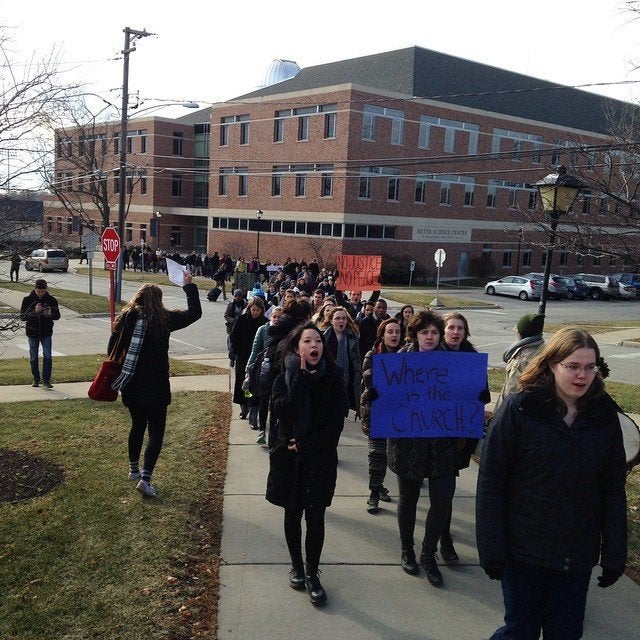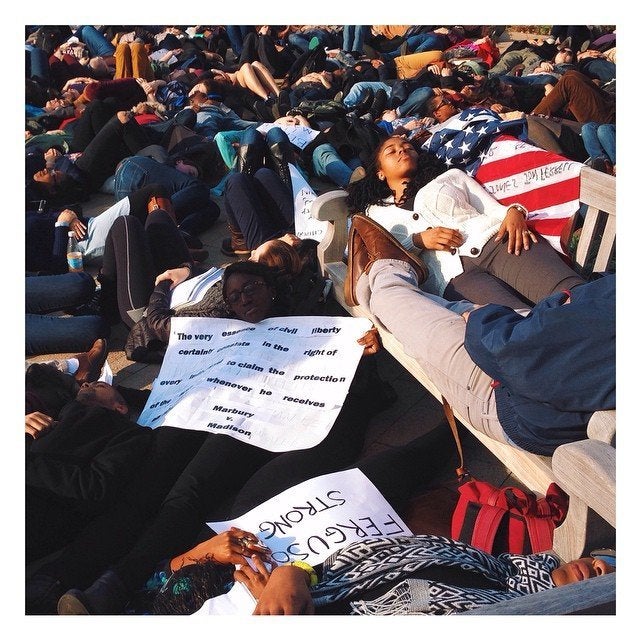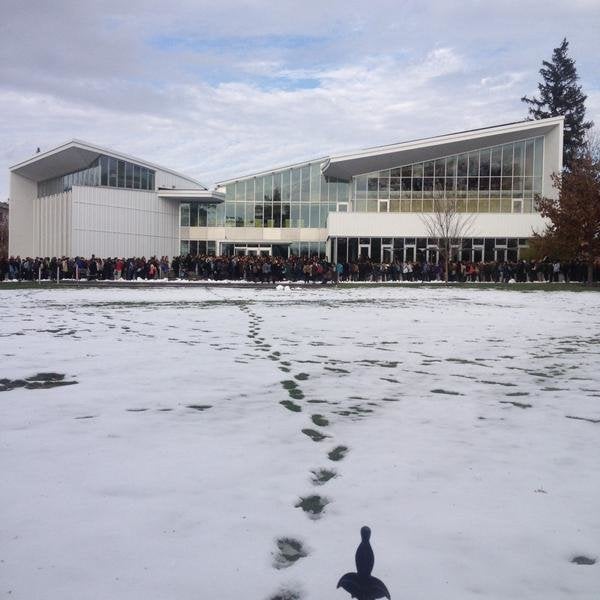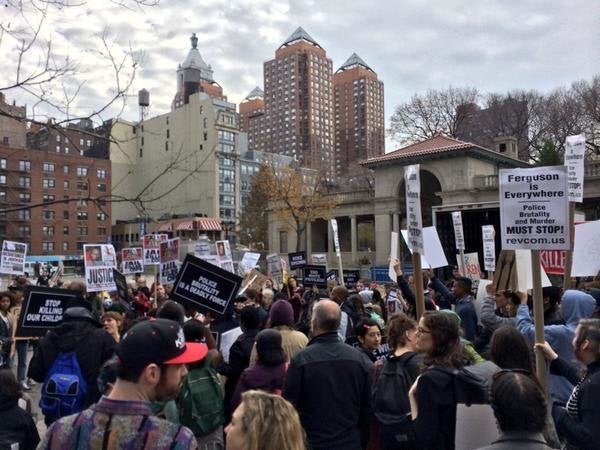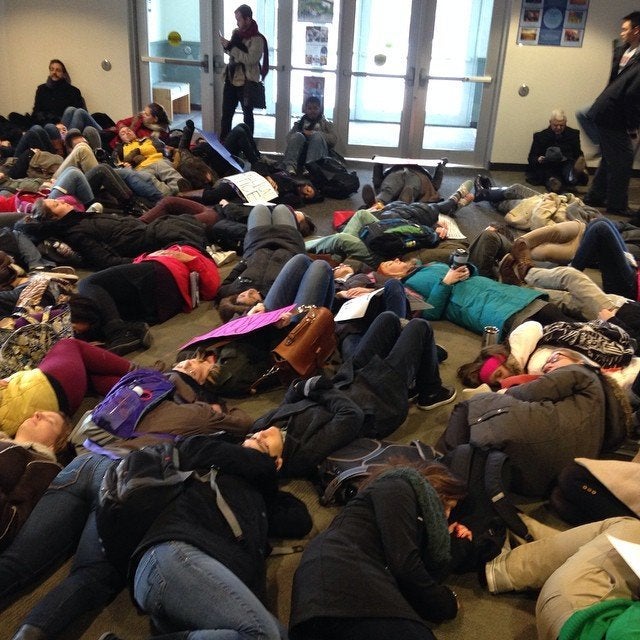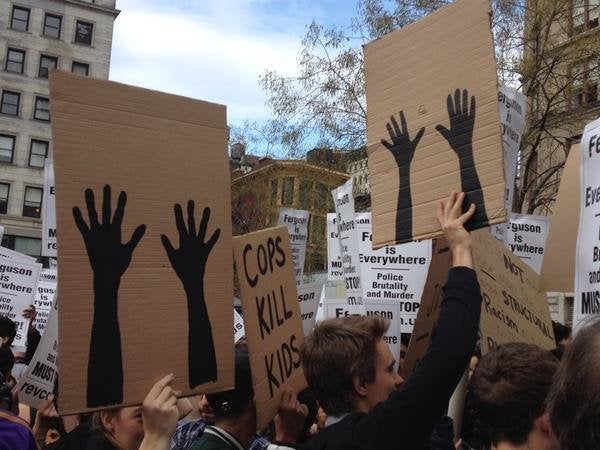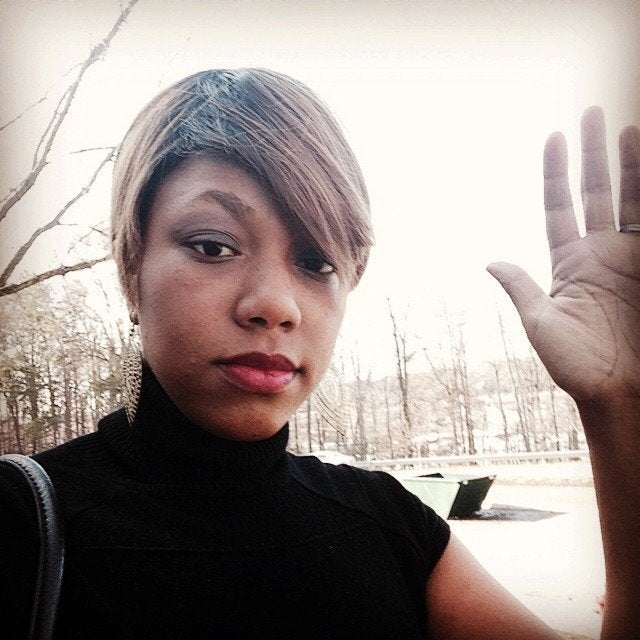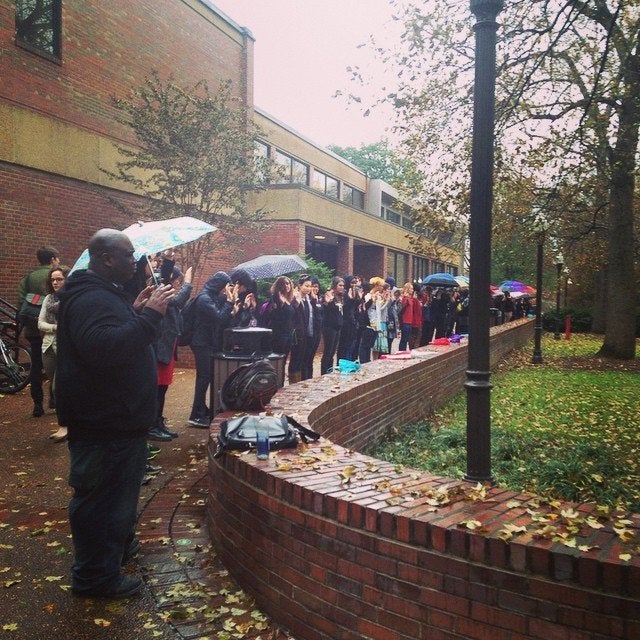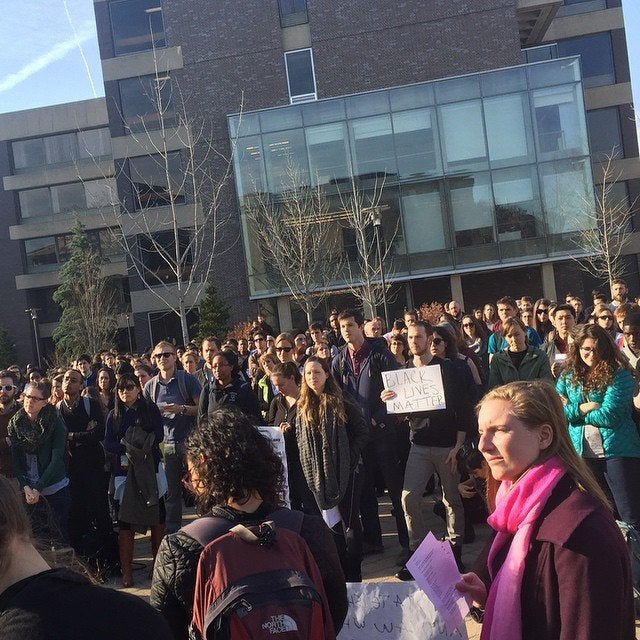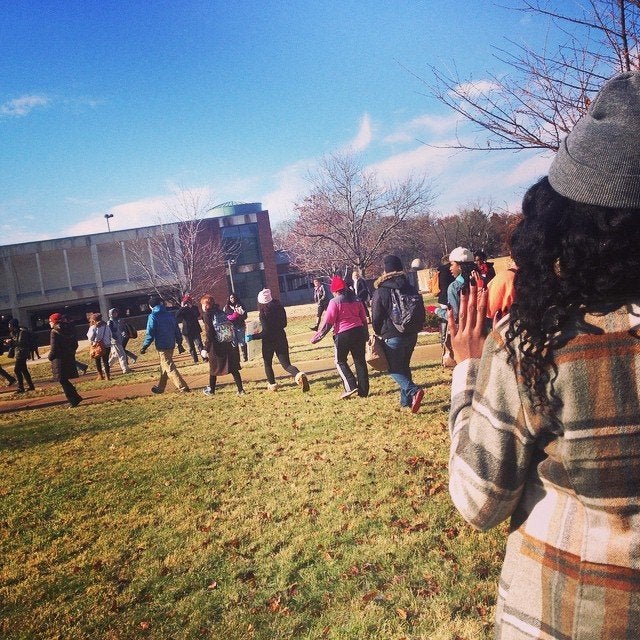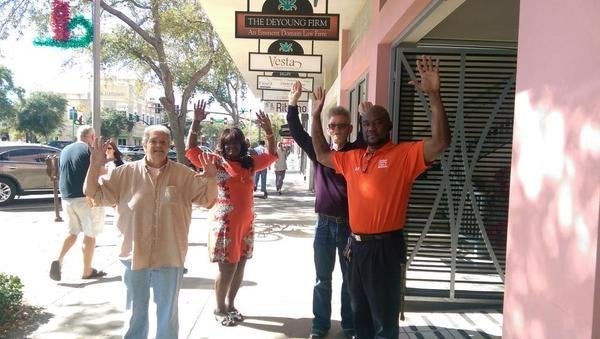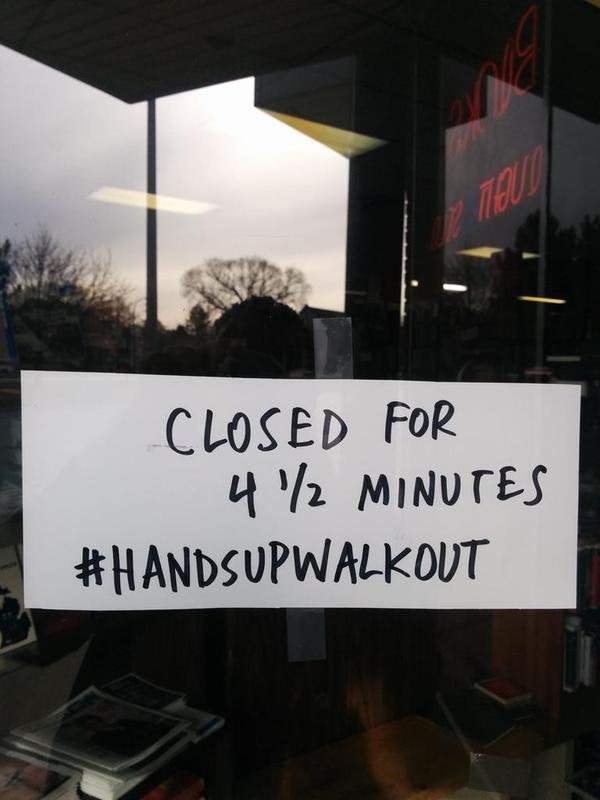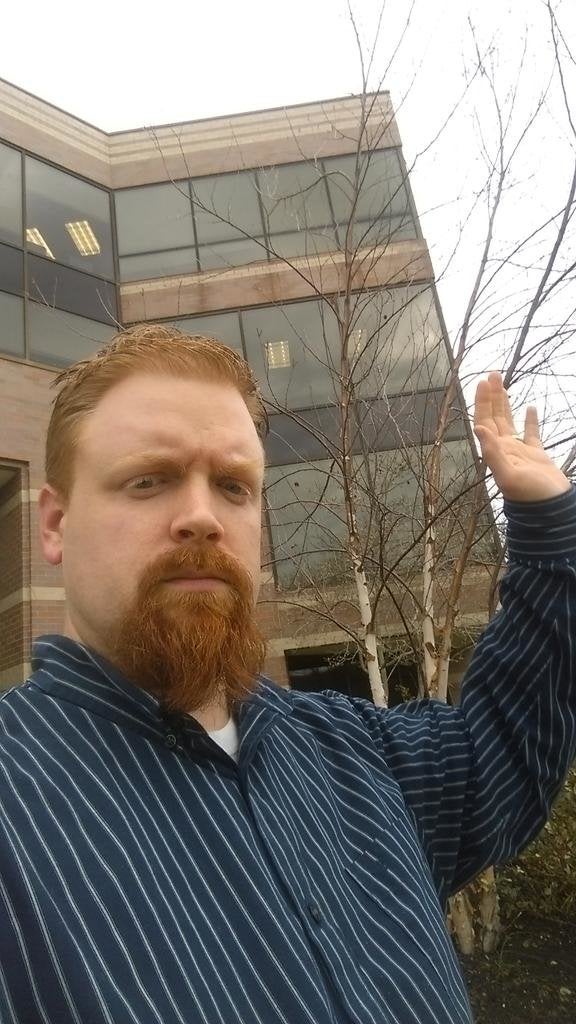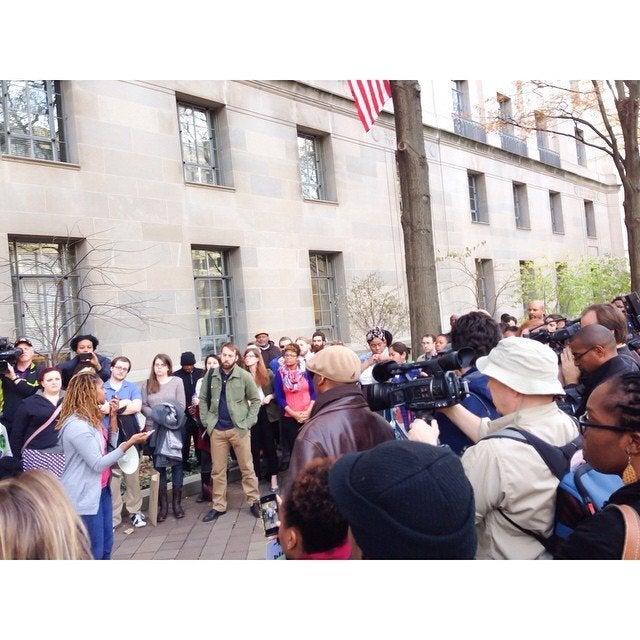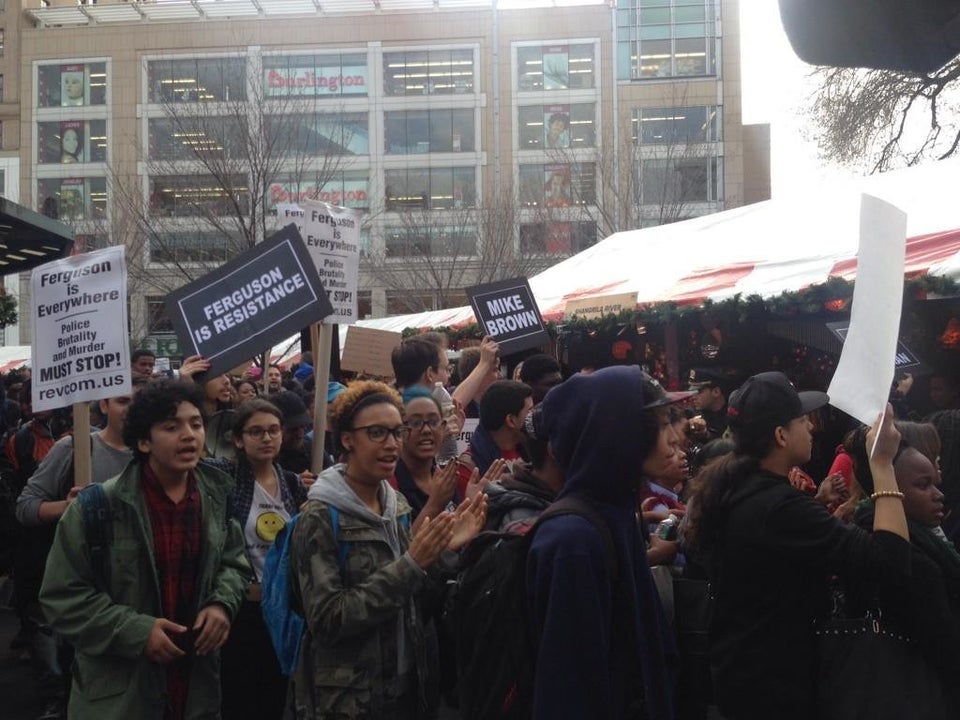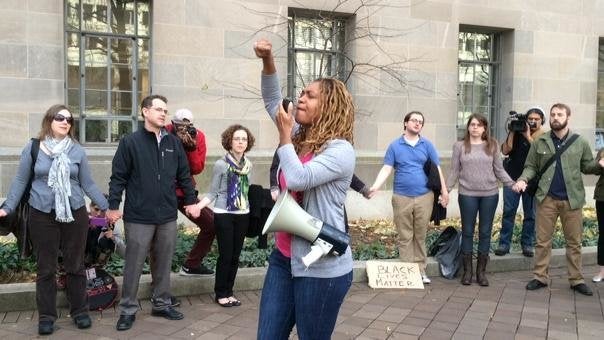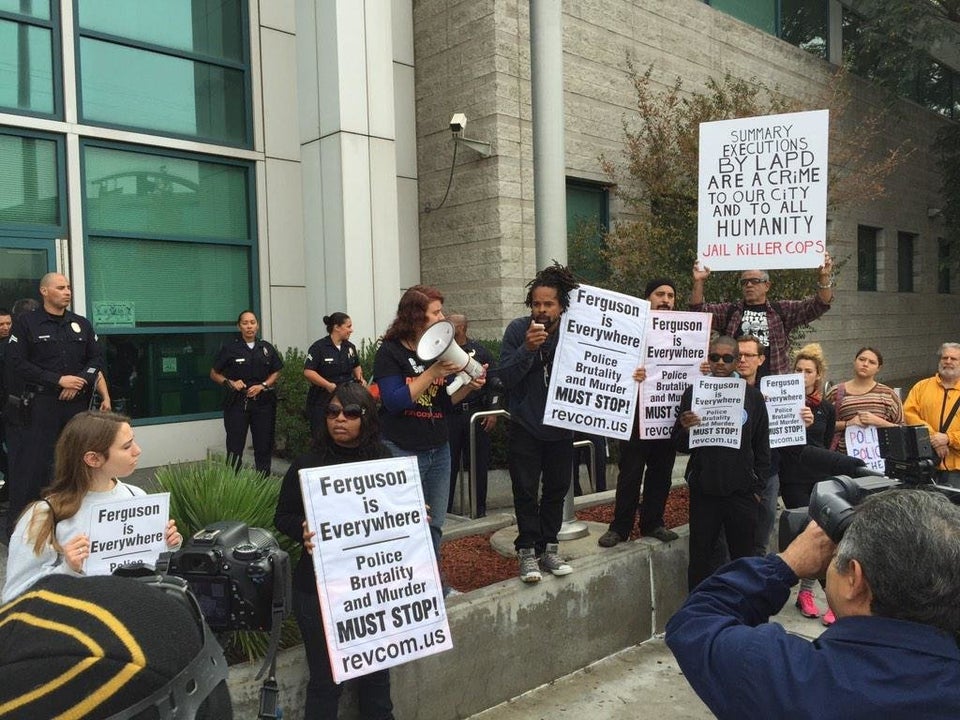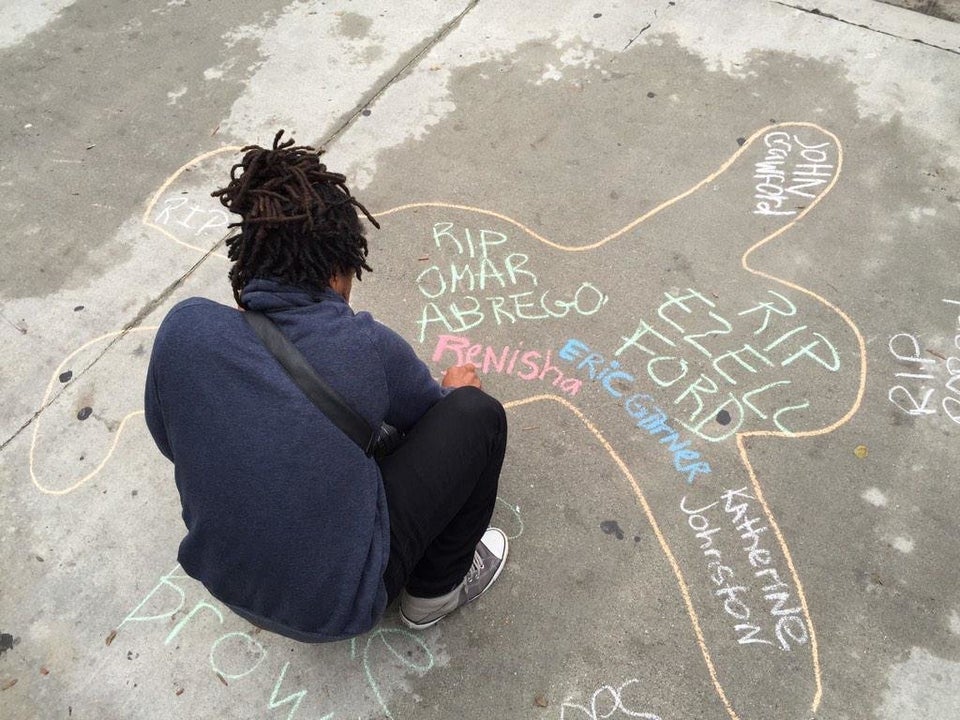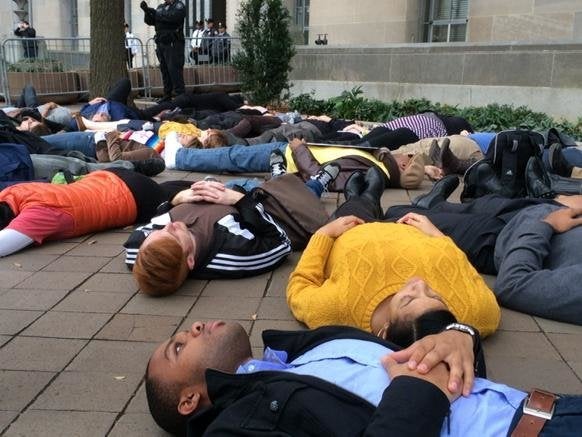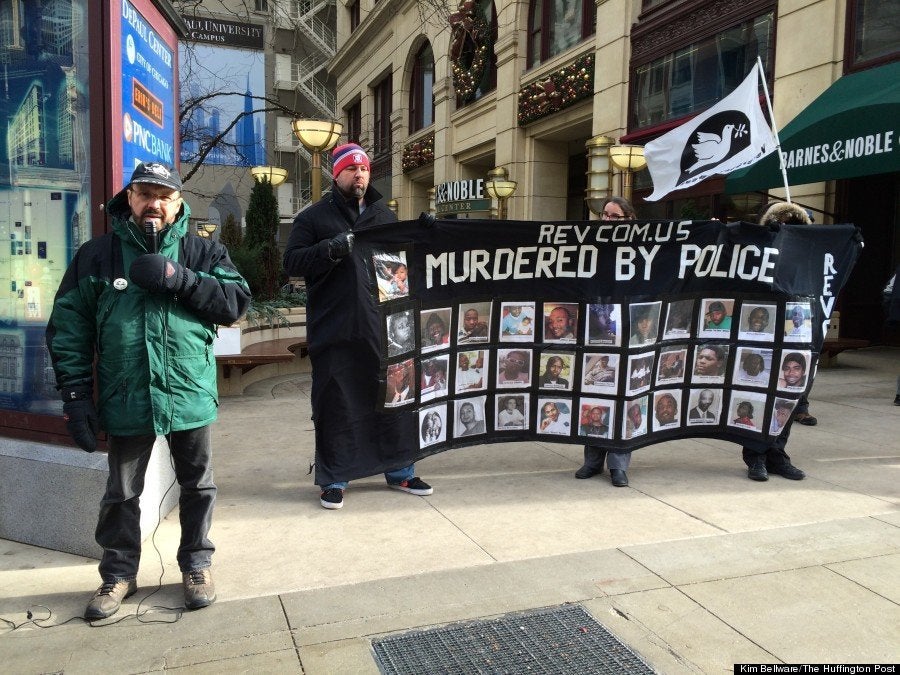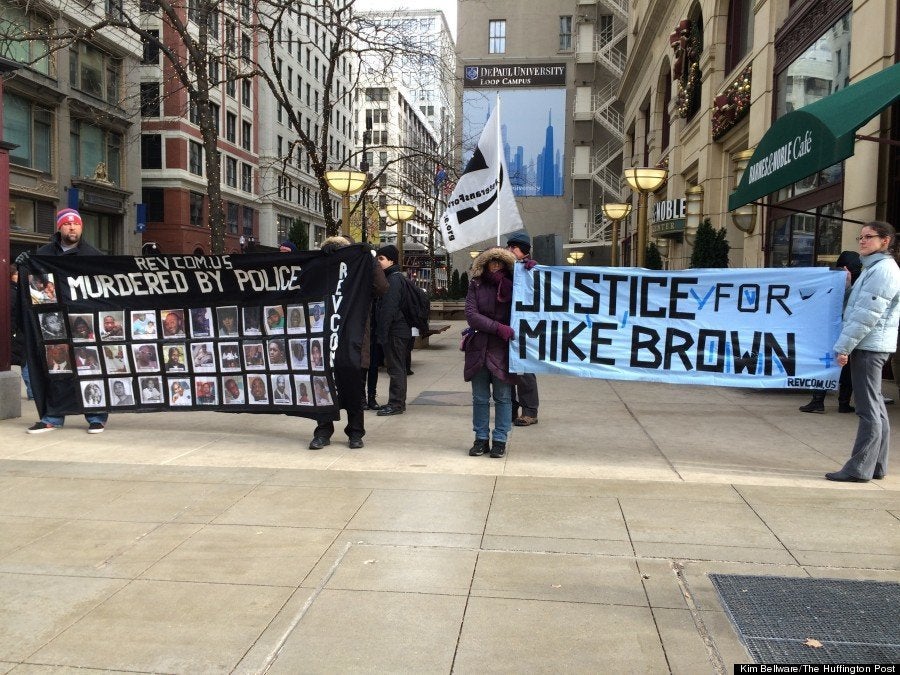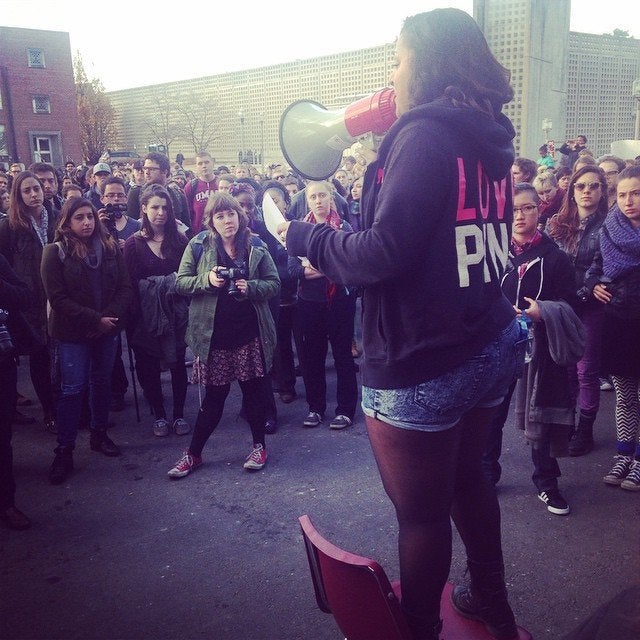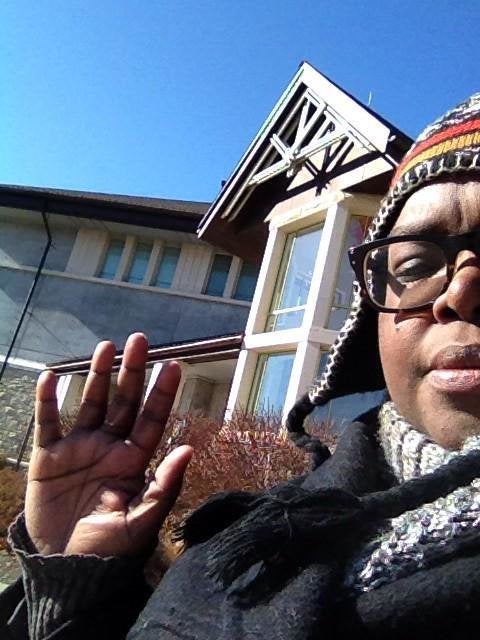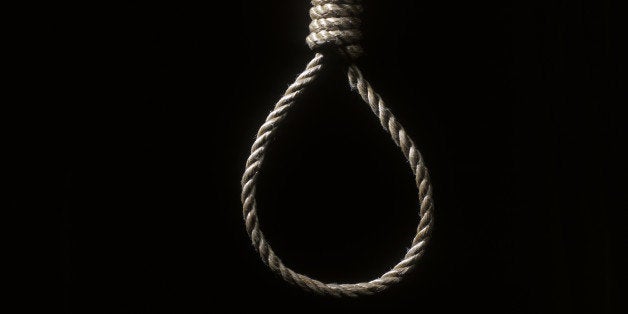
Over the weekend, three cutout sculptures of black individuals hanging from nooses were discovered on campus at University of California, Berkeley.
Each effigy contained the message "can’t breathe," referencing the last words Eric Garner spoke before he died at the hands of NYPD officer Daniel Pantaleo. Appearing on Saturday, Berkeley passersby were left to wonder whether the sculptures were part of a racist attack or an act of protest.
However, on Sunday, an anonymous artists’ collective cleared up any ambiguity. The collective claimed responsibility for the jarring images, allegedly erected to expose the prevalence of racism in America:
Chicano studies professor Dr. Pablo Gonzalez posted a comprehensive statement from the artists, whose identity remains unknown, on Twitter. He discovered the statement on a bulletin board on the Berkeley campus.
The statement reads:
We are a collective of queer and POC artists responsible for the images of historical lynchings posted to several locations in Berkeley and Oakland. These images connect past events to present ones -– referencing endemic faultlines of hatred and persecution that are and should be deeply unsettling to the American consciousness. We choose to remain anonymous because this is not about us as artists, but about the growing movement to address these pervasive wrongs.
For those who think these images are no longer relevant to the social framework in which black Americans exist everyday –- we respectfully disagree. Garner, Brown, and others are victims of systemic racism. For those who think these images depict crimes and attitudes too distasteful to be seen... we respectfully disagree. Our society must never forget. For those under the mistaken assumption that the images themselves were intended as an act of racism –- we vehemently disagree and intended only the confrontation of historical context.
We apologize solely and profusely to Black Americans who felt further attacked by this work. We are sorry -– your pain is ours, our families’, our history’s. To all, each image represents a true life ended by an unimaginable act of ignorance and human cruelty: Laura Nelson, George Meadows, Michael Donald, Charlie Hale, Garfield Burley, Curtis Brown. We urge you to further research the lives and deaths of these individuals. History must be confronted.
The statement references the controversy brewing around the use of the lynching imagery, which many have viewed as unwise. "Given the volatility of the protests, I think it's misguided regardless of the protest," UC Berkeley social psychology professor Rodolfo Mendoza-Denton, who specializes in stereotyping and social prejudice, told The Associated Press. "It's inflammatory and is triggering upset and anger."
Others, such as African American Studies professor Leigh Raiford, see the effigies as an act of "guerrilla protest." She wrote on Twitter: "Without a doubt it is hard for black folks to see these images. But white folks need to see them too. This is not our shame. It is yours."
The debate continues to grow on Twitter, where students and activists around the country are assessing whether the disturbing images qualify as a hate crime or effective artwork.
Got a better grip about the motive behind the effigies around UC Berkeley. Noose today = cops hand pic.twitter.com/JBQmUImJiN
— Jessica Ramos (@msjessramos) December 15, 2014
So far, two of the individuals represented in the artistic statement have been identified as Laura Nelson and her son, L.D. Nelson. Both were lynched on May 25, 1911, in Oklahoma, after L.D. shot and killed a deputy sheriff who arrived at their home. The person represented by the third effigy is still unknown.
On Sunday, UC Berkeley Chancellor Nicholas Dirks released a statement urging the artists responsible to come forward. He added: "We must all be vigilant to ensure that we are creating a campus environment that allows for the free exchange of ideas and doesn’t frighten or intimidate people. Our campus climate reminds us that we still have great deal of work to do to make this campus a welcoming place for all members."
All around the country, artists and protesters have expressed outrage and disgust at the current state of racism and police brutality plaguing the nation, from posters in St. Louis to performances in New York City.
Related
Before You Go
